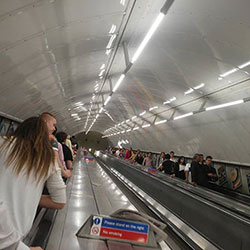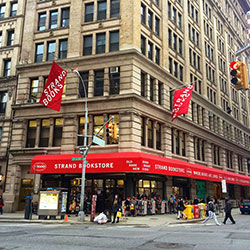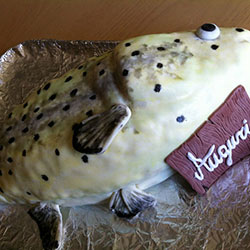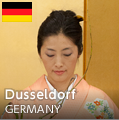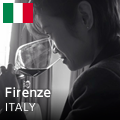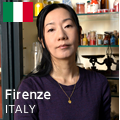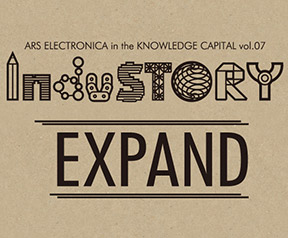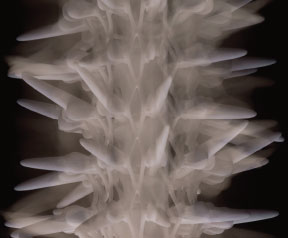Meanwhile, in Italy, the personalized cup and bottle trend hasn’t caught on like it has in Japan. Here, there is still a powerful tradition of heading to the bar (cafeteria) during work breaks to chat with the barista or the regular customers there. In addition, until just recently, the typical beverage would be espresso so thick that it’s shocking those who taste it for the first time. These traditions meant that the most important thing was getting freshly-brewed coffee at the bar.

But even in Italy, people have recently begun enjoying their coffee in a different way during coffee breaks: self-serve machines are catching on. The machines allow you to select from several coffee varieties, which are poured into a tiny cup. When the machines initially started gaining popularity, I remember that you couldn’t get anything particularly interesting—they had espresso, milk coffee and decaf—but they’ve recently added a wide variety of beverages. Now, you can choose from 14 or 15 different items, including lemon tea, hot chocolate, nut-flavored coffees, ginseng-flavored coffee, and more.

Among the food and beverage items that people bring from home to the office in order to make their days more comfortable, lunch from home has a solid presence in addition to things like personal cups and bottles. Though businesspeople who work in offices probably eat in the company cafeteria or take advantage of restaurant lunch specials most often, in Italy, a sandwich called the panini is hugely popular in any situation. The convenient one that people typically bring with them is a panini made of ham and cheese sandwiched between two pieces of hard, crunchy bread. Since I sometimes have an allergic reaction to flour, I stay away from panini. When I take out a Japanese-style bento box instead, my co-workers often refer to it as a schiscetta.
Apparently, during the 1950s and 60s, Milanese laborers had a habit of bringing lunches from home in steel containers. My coworkers told me that word schiscetta comes from the verb “to pack something in.” This is likely familiar to Japanese speakers, who use a similar verb when they’re talking about preparing a bento lunchbox.

The fact that the schiscetta was how laborers ate lunch in the 1950s and 60s indicates that it was it was a way to survive on a tight budget by packing in leftovers. For this reason, schiscetta became obsolete during the rise of the middle-class, who saw these lunch boxes as lowbrow and unfashionable.
And yet… the schiscetta bento box has recently made a comeback!

The Italians have even started importing bento boxes from Japan—the kingdom of bento, changing the way Italian lunch boxes look.

It’s now become trendy to bring a bento box to the office and eat it in a nearby park.

The relationship between lunch and bento boxes is quite fascinating, and I’m excited to see how bento boxes evolve in the future. If it were up to you, what developments would you make to the bento box?










